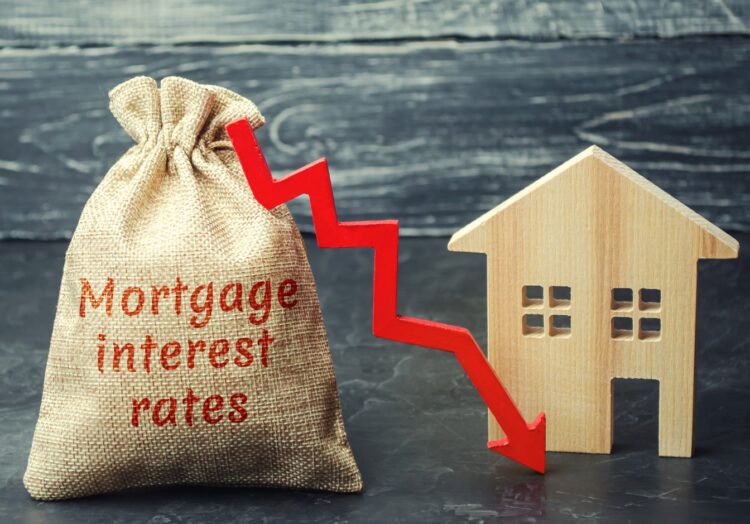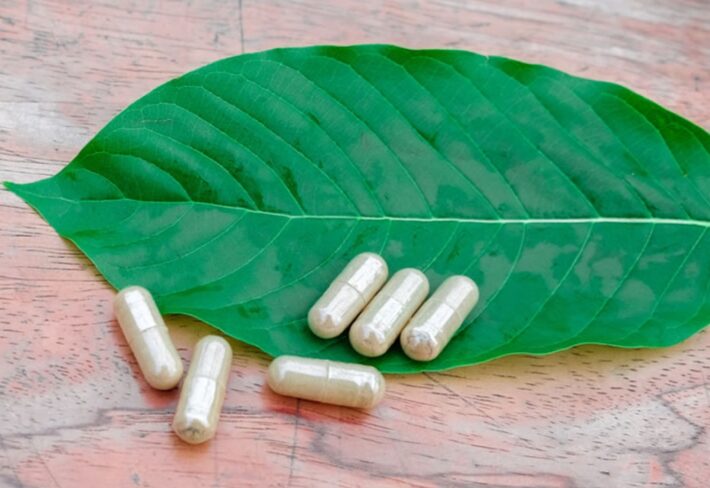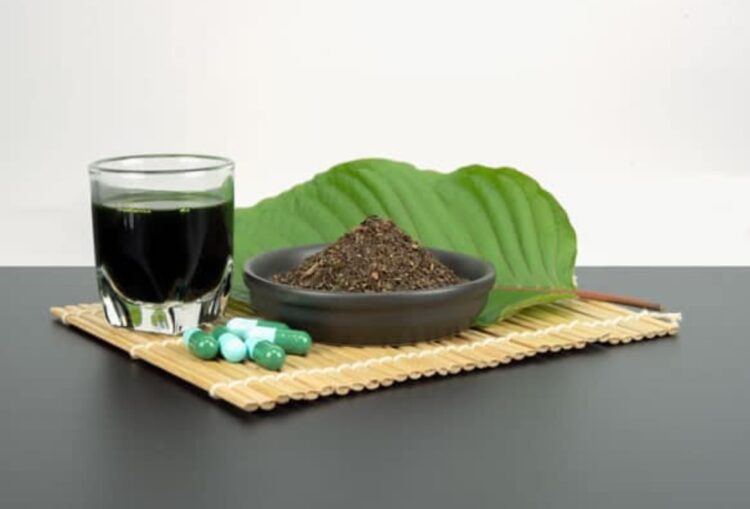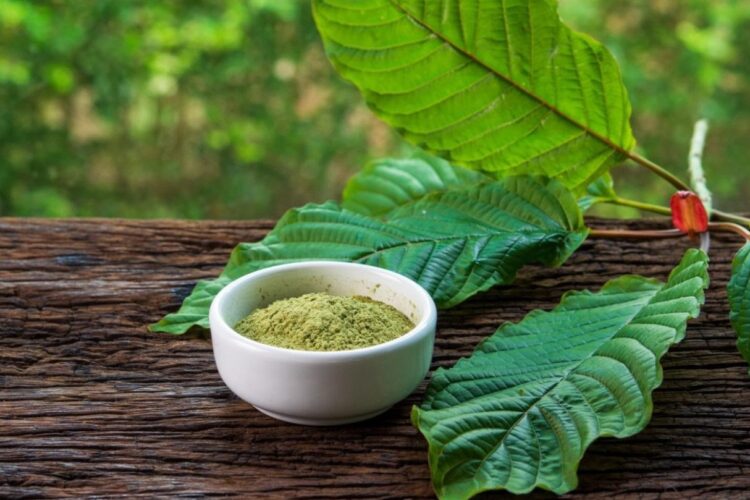Eating healthy is of utmost importance. We can stress enough how crucial it is to have a healthy, balanced diet. What you eat is what you are – it’s that simple. With that in mind, it’s not just enough to choose the right nutrients and foods, you have to make sure those foods are healthy and not filled doused in pesticides, fungicides and the rest of the synthetic chemicals that boost growth and ‘protect’ the foods you eat.
Eating organic is what we all should strive to do. Eating foods that are grown in great soil without any use of synthetic chemicals is paramount to our health. A majority of mass-produced foods are pumped with chemicals, which makes those foods quite unhealthy.
Sometimes, it can be quite easy to spot the difference between organic and non-organic foods, but in some instances, not as much. For instance, garlic is one of those foods. To an untrained eye, it can be quite hard to differentiate the two and that’s why we’re here. Today, we’re going to teach you how to tell if garlic is organic or not with a few simple tips and tricks. So, let’s get started.
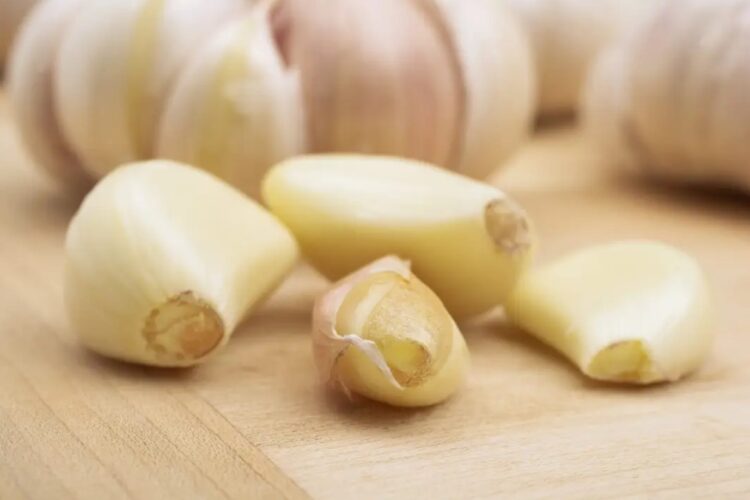
How To Tell If Garlic’s Organic – Before You Buy
Certification
One of the easiest ways to spot an organic clove of garlic is by looking at the label, if you’re shopping at a supermarket, for instance. Sometimes, you can even find labels on the products at a local farmers market, but not as often.
In general, organic foods will always have labels that are different from non-organic ones. However, don’t just look for a sticker that says ‘organic’ – in some instances, that can be a false advertisement. Instead, look for a sticker with a code on them. In most cases, if you take a look at the label and it has a 5-digit PLU code, starting with a 9, that means that the product is tested and proven to be organic. If the 5-digit code starts with an 8, that means it has been genetically modified in some way. If you’re looking at a 4-digit PLU code, that means that the product has been treated with synthetic chemicals like pesticides and is not organic.
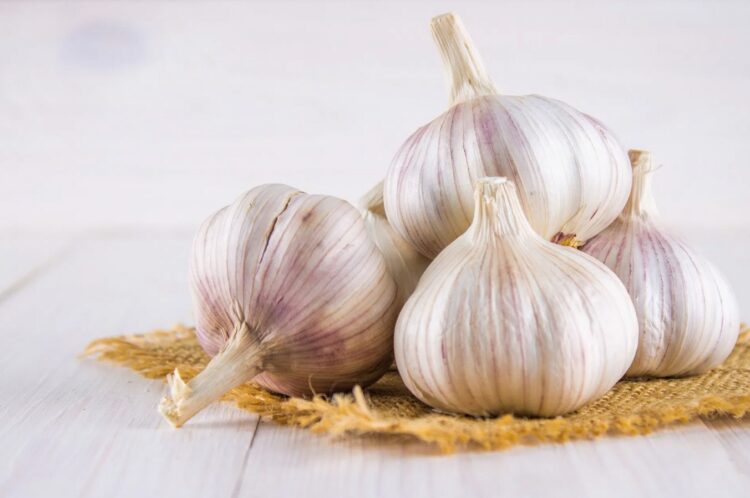
Shelf Life
Even though some consider this to be a myth, if you compare the expiration dates of organic and non-organic vegetables, including garlic, you can probably tell which one is which. Now, garlic has a pretty solid shelf life in general, but if you see some preposterous numbers or a lack of expiration date – it’s probably a good bet that it’s not organic. You can apply this to any vegetable, in general, just check the average shelf life of the product and compare it to the one on the product.
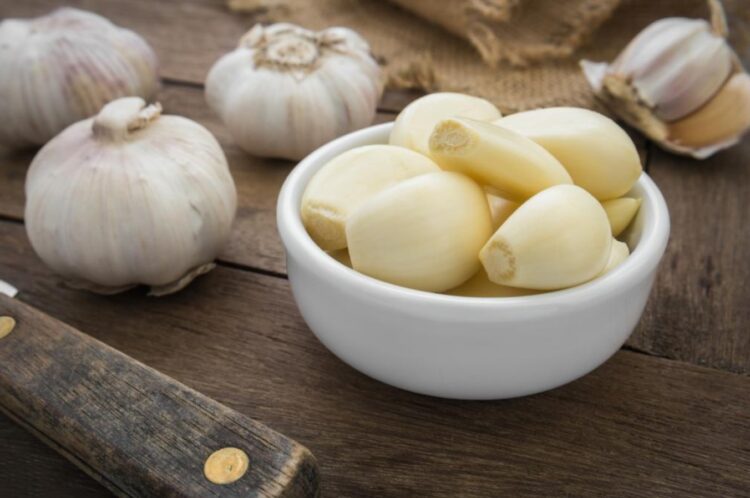
Appearance
Another one of the easiest tell-tale signs whether something’s organic or not is the appearance and this is especially true with garlic. If you have ever seen an organic bulb of garlic, you know that it is anything but perfect looking. According Garlics.com, a company that provides us with garlic from China, a bulb of garlic can almost never look perfect.
Naturally grown garlic, just like any other vegetable, has its flaws and no two of the species will ever look the same. When we’re talking about garlic specifically, look at the shape and the colour. If it’s pure white, without any tint of colour or some discolourations or browning – it’s probably not organic. Also, take a good look at the shape. If you look at the wreath of garlic and every single bulb is identical in shape – it’s not organic. If they’re all slightly different in shape, meaning kind of irregular and the outside is not pure white – it’s organic.
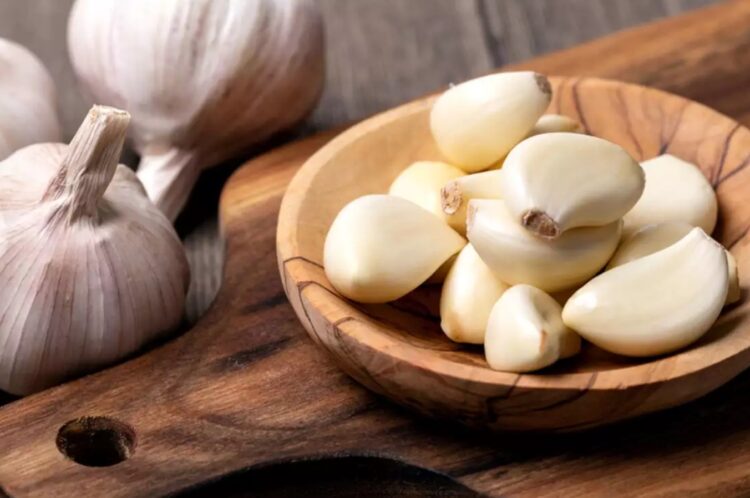
Size
If you know anything about garlic – you know how big it’s supposed to be. Most bulbs are pretty much uniform in size, so, if you stumble upon a specimen that’s tomato-sized – it’s highly unlikely that it’s organic. Once again, you can use this rule for pretty much any vegetable out there. If it looks unusually large, that’s probably because it has been pumped with chemicals that boost growth. In some cases, it could just be a coincidence, but it’s highly unlikely – especially when it comes to garlic.
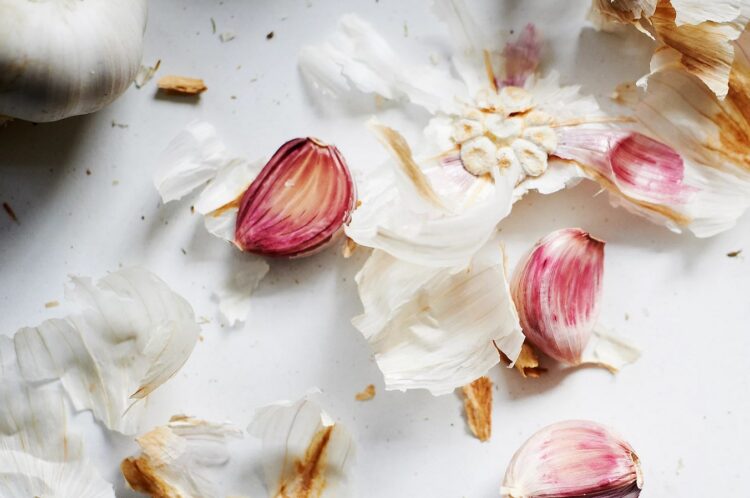
Smell
Finally, you can do a smell test. That is – if you know what to smell for. This won’t be easy unless you’re familiar with the natural, usual smell of garlic, but if you are – you can give it a try. Unfortunately, mass producers have found a way to mask the smell of pesticides and mimic the natural aroma with additional chemicals. The general rule of thumb is that organic vegetables, including garlic, smell a lot more potent and fresh. So, if you’ve trained your nose and you know what you should expect – you can try this method out.
How To Tell If Garlic’s Organic – Before You Buy

Taste & Feel
In general, organic garlic will just taste better. If it was grown in great conditions, without any growth-boosting chemicals or a variety of pesticide and fungicides – you can expect a potent, healthy aroma once you start consuming it. Non-organic garlic will certainly lack in taste. However, once again, you do have to be familiar with the organic product to be able to differentiate the two, but then again, we just know when something tastes right.
Also, organic foods, in general, are lighter on your stomach. If you experience some unpleasantries after you’ve eaten garlic – it’s probable that it wasn’t as organic as you thought it to be.
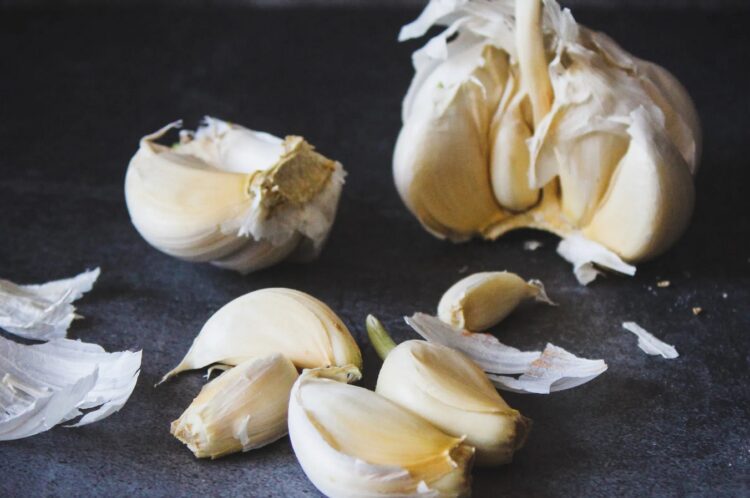
Growth Test
Another cool tip we have for you is a growth test. Basically, you take a single garlic clove and place it into fertile soil. In about two weeks, you should have a healthy sprout, about six inches tall and some strong, healthy-looking leaves.
Also, if you place a whole garlic bulb in a water-filled dish, you should see the roots growing in about two to three days.
As you can tell, there are a few ways in which you can tell whether garlic is organic or not, by doing a couple of simple tests or just taking a good look at it. Hopefully, you’ll find these tips useful and handy the next time you’re shopping for garlic.


















